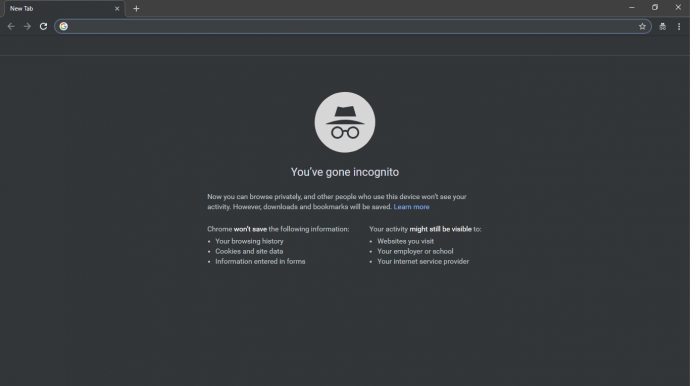Incognito mode is Chrome’s private browser setting that allows users to have privacy when loading websites. It makes it harder for advertisers to track users as well as not showing browsing history. Of course, advertisers don’t like not being able to track users to send them personalized ads, so the increased use of Incognito mode has led them to a workaround. A simple trick allowed companies to know when a user was in Incognito mode on Chrome when their website was loaded. Whenever Chrome is in use, it creates a FileSystem API for data storage. When entering Incognito mode, the browser disables FileSystem so no traces in storage are created. It is this feature that allows websites to know if a visitor was Incognito or not. If the FileSystem API is not present, it means the users is browsing privately.
Coming Soon
Google wants to change this situation, so with the release of Chrome 76 the company will implement a virtual file system for private browsing. This will work by using the system’s RAM to maintain the filesystem without storing anything. Advertisers and site owners who check will still see the user with the FileSystem API, so their current checks will no longer work. It is reported Chrome 74 will receive the feature as an optional feature available as a flag. Google plans to make it a default by Chrome 76. We guess this is latest phase in a back and forth that will likely continue. What we mean is advertisers will probably continue to look for other ways to track users in Incognito mode. Soon though, one of their tricks will be shut down.




